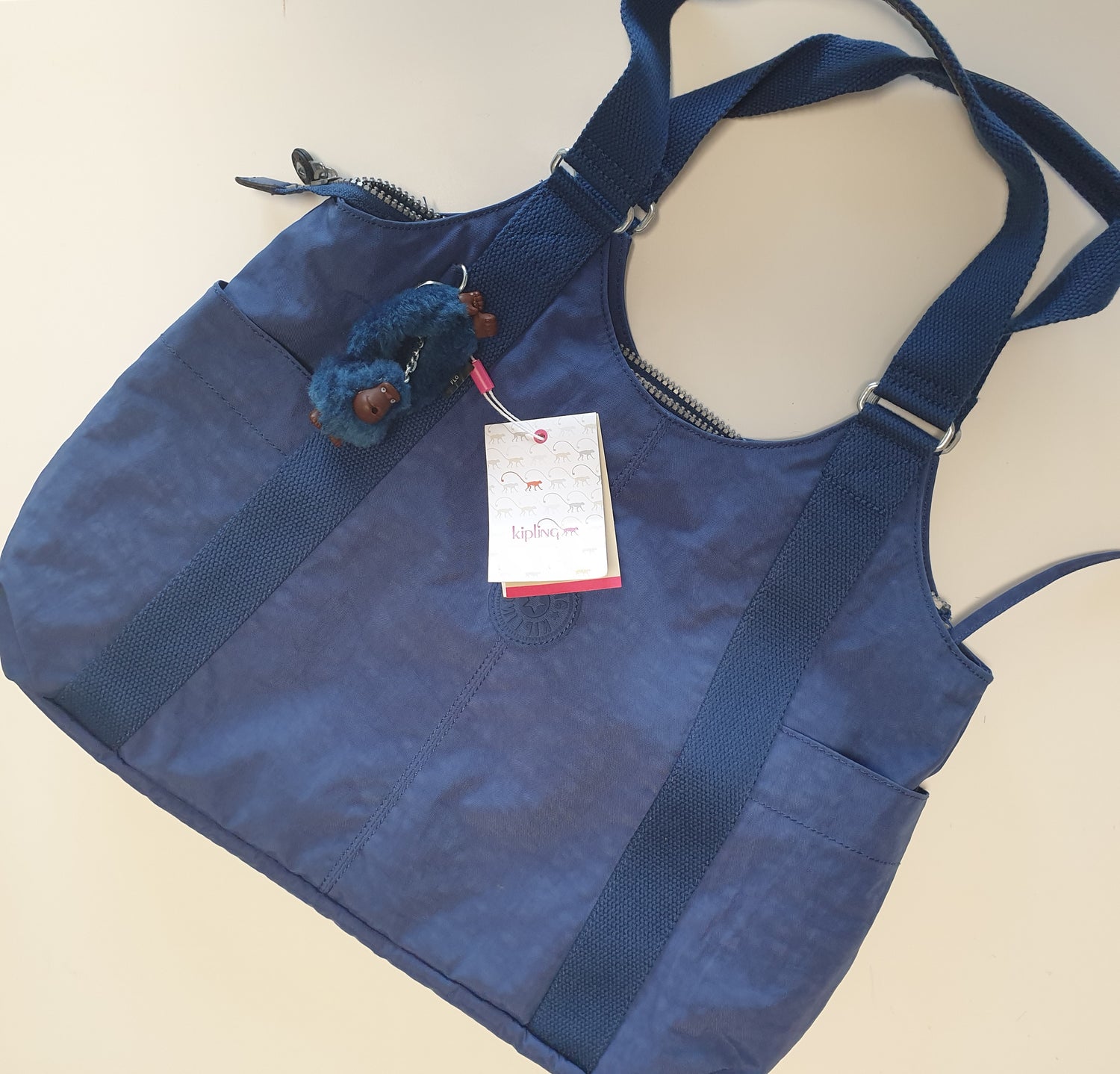by Glamorous Mom team
Embarking on the journey of introducing solid foods to your little one marks a significant milestone in their development. Healthy weaning not only fuels their growing bodies but also lays the foundation for a lifetime of nutritious choices.
When to Start Weaning
Breast milk is the best first food, the liquid gold, a baby can have. It contains all the natural nutritional content for a baby's needs, along with crucial antibodies to protect the baby from infections, and oddly, the mother from getting sick. Pediatricians recommend breastfeeding up to the age of 6 months and, if possible, continuing alongside a healthy balanced diet for up to 2 years if preferred.
Each baby is different and grows at a slightly different pace. It's really important not to rush babies into weaning before they are ready. The earliest time to consider starting to wean a baby is 4 months or 17 weeks. It usually takes around 6 months for a baby's digestive system to work properly and be ready to digest solid food.
The signs to look out for when a baby is ready for weaning -:
- Being able to sit up and hold their heads steady;
- Good hand, eye and mouth coordination, meaning they are able to look at food, pick it up and put it into their mouths;
- The ability to swallow the food offered to them;
- Appear to be less satisfied with just milk feeds; or
- start to show growing interest towards foods that other people have on their plates.
Health Nutrition Guides: Building a Foundation
As you transition from breast milk or formula to solid foods, it's crucial to comprehend your baby's evolving nutritional requirements. Essential nutrients, such as iron, calcium, and vitamins, play pivotal roles in their growth and development.
Introduce a variety of nutrient-rich foods, including fruits, vegetables, grains, and proteins, to ensure a well-rounded diet. Pay attention to textures, allowing your baby to explore different consistencies gradually.
Weaning Stages and Advice: A Gradual Approach
Stage 1 - Introduction of Purees
4-6 months
Begin with single-ingredient purees, such as apple or sweet potato, to acquaint your baby with new tastes and textures. Gradually progress to mixed purees as they become more accustomed.
First foods for inspirations: pureed cereals, baby rice, oats, millet, corn noodles or well mashed rice mixed milk feeds; pureed fruits or vegetables with smooth and runny texture using very mild flavors (or just bland).
Refer to Recipes and Inspirations.
Stage 2 - Expanding Flavors and Textures
6-8 months
At this stage of food weaning, your baby will learn to chew soft and small lumps of food. Babies should be able to progress to 3 meals a day, in larger quantities than before, alongside their usual milk feeds.
Introduce a wider array of foods, incorporating mashed fruits, vegetables, and soft proteins. Encourage self-feeding with appropriately sized finger foods to enhance Motor Skills.
Due to rapid growth, it is recommended to start an Iron-Rich Diet, such as lean red meat, cereals, beans, and green vegetables.
Tips: Keep giving them foods with different textures so that they will learn to ear a variety of foods and become more receptive to trying new ones.
Never give your baby whole grapes or whole cherry tomatoes as this may cause choking. Always slice or dice them in small chunks.
Continue giving them milk feeds and offer chilled boiled water from a training or sippy cup with solid meals.
Refer to Recipes and Inspirations.
Stage 3 - Transition to Family Foods
9-12 months
It is quite common for older children to reject new or previously accepted foods, typically around the age of 2. Offering them a wide variety of foods at this stage will help them later.
By the third stage, your baby can start consuming family meals with adjustments for age-appropriate textures. Encourage a diverse palate by offering a range of flavors and cuisines. Include your baby to sit with the rest of the family, and encourage self-feeding.
Tips: Continue to give breast milk or formula milk, yet reduce it to two or three feeds a day.
Baby's tummies are quite small and they can fill up easily. Avoid giving your baby high-fiber foods, such as brown or wholegrain bread, as this will only fill them up leaving little or no room for more nutritious food that will give them the energy they need to grow.
Refer to Recipes and Inspirations.
When first starting to wean your baby, it is not as important how much they consume. It is more about getting your baby to experience and explore solid foods. Babies won't need three meals a day like us initially.
Babies tend to learn to like the foods they were offered at an early stage of their childhood. If they are offered very salty, sweet, or greasy foods and drinks they will be more likely to be drawn to similar food choices when they get older. So providing your baby with a range of healthy and nutritious foods from the beginning is essentially a wise choice!
Tools for Effortless Weaning
Baby Food Maker
Steaming is a very healthy way to prepare food as it helps to preserve and lock in the nutrients in foods, comparing to water boiling for instance. Steaming and mashing in smaller proportions can be a tedious repetitive process.
Thanks to Baby Food Makers, such as Philips Avent 4-in-1. It simplifies the preparation of nutritious baby meals. With functions for steaming, blending, defrosting, and reheating, it streamlines the process, ensuring that your baby's meals are both convenient and healthful.


Photo Credit: Philips - Steam, Reverse, and Blend, with reheat function;
Baby Food Storage Trays
Invest in baby food storage trays for freezing individual portions of purees and mashed foods. These trays make it easy to store and serve portions tailored to your baby's appetite.
Tips: It is smart to label the food by the preparation date to keep track of the freshness and consumption pattern.
Cool the food as quickly as possible within 1-2 hours, and place them in the fridge immediately after at a temperature of 5 degrees or lower.
Clear out a fridge compartment, designated for baby food, to avoid food contamination. Keep all baby food containers covered at all times.


Photo Credit: Tefal Masterseal Icecube box with Lid, BPA free;
Soft-tip Spoons and Sippy Cups
Introduce soft-tip spoons for gentle feeding and sippy cups to encourage independent drinking. These utensils aid in the gradual transition from bottle or breast to self-feeding.


Photo Credit: Munchkin Soft-tip Spoons and Training Sippy Cups;
Navigating the world of Weaning is a fulfilling adventure that sets the stage for a lifetime of healthy eating habits. By embracing a balanced approach, experimenting with diverse recipes, and leveraging practical tools like the Philips Avent 4-in-1 baby food maker, you can create a nourishing and joyful introduction to solid foods for your little one.
By Glamorous Mom team with Love


